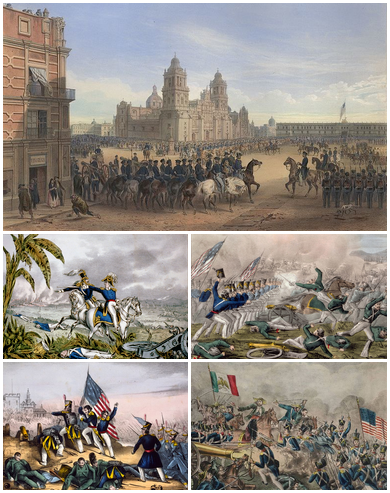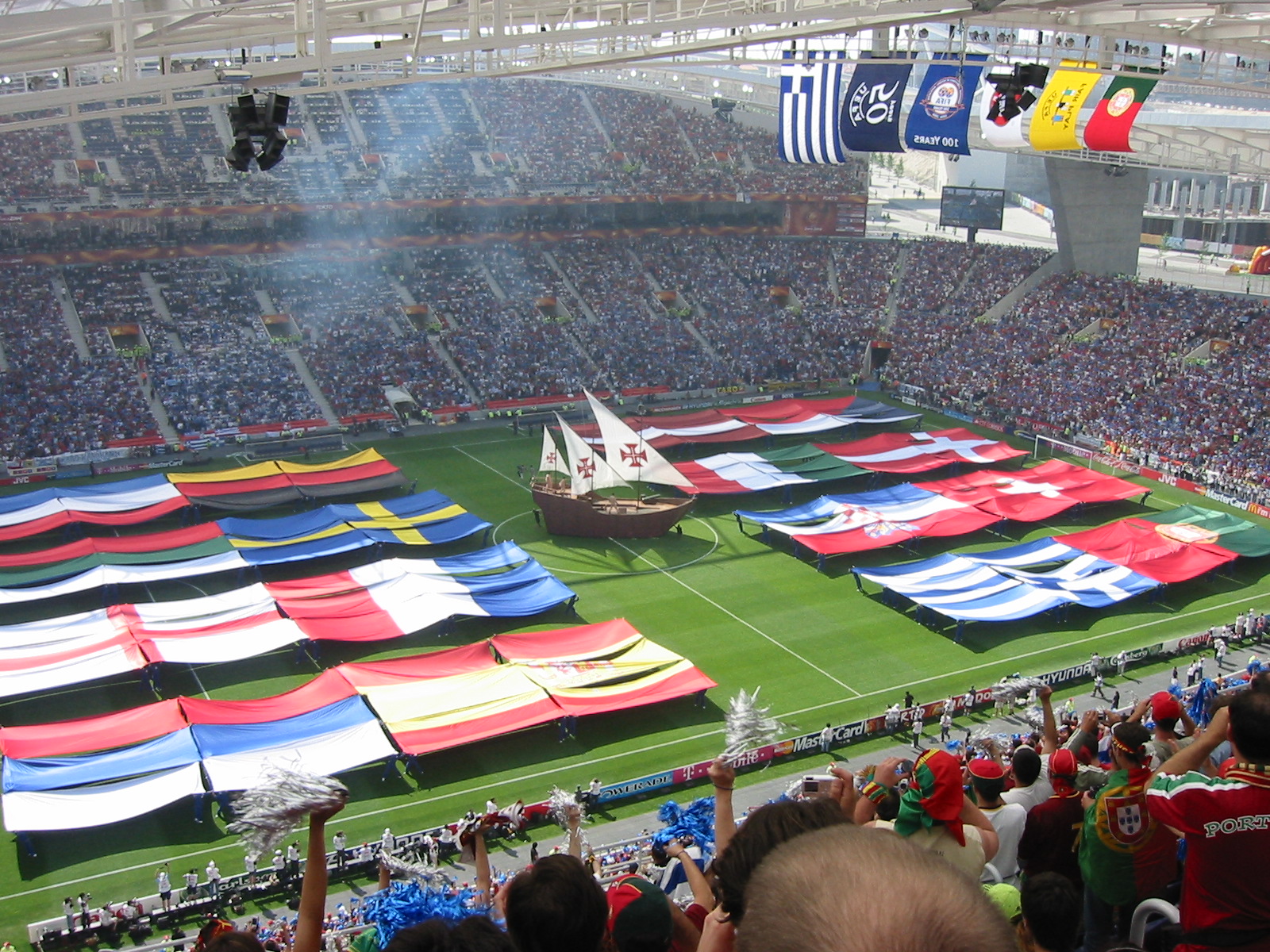|
Omonoia Square
Omonoia Square (, ''Plateía Omonoías'', , "Concord Square", often simply referred to as ''Omónoia'' ) is a central square in Athens. Forming the centre of Omonoia. It marks the northern corner of the downtown area defined by the city plans of the 19th century, and is one of the city's principal traffic hubs. It is served by Omonoia metro station. Omonoia Square is one of the oldest squares in the city of Athens and an important shopping centre. It is located at the center of the city at the intersection of six main streets: Panepistimiou, Stadiou, Athinas, Peiraios, Agiou Konstantinou Street and 3rd Septemvriou Street. Name Omonia Square was constructed in 1846, with its original name being "Plateia Anaktoron" (Palace Square). The area in which the square was going to be built was intended to be used for the construction of the palace (anaktora) by architects Stamatios Kleanthis and Eduard Schaubert. Later, the square was renamed to "Othonos Square" in honor of King O ... [...More Info...] [...Related Items...] OR: [Wikipedia] [Google] [Baidu] |
Neoclassicism
Neoclassicism, also spelled Neo-classicism, emerged as a Western cultural movement in the decorative arts, decorative and visual arts, literature, theatre, music, and architecture that drew inspiration from the art and culture of classical antiquity. Neoclassicism was born in Rome, largely due to the writings of Johann Joachim Winckelmann during the rediscovery of Pompeii and Herculaneum. Its popularity expanded throughout Europe as a generation of European art students finished their Grand Tour and returned from Italy to their home countries with newly rediscovered Greco-Roman ideals. The main Neoclassical movement coincided with the 18th-century Age of Enlightenment, and continued into the early 19th century, eventually competing with Romanticism. In architecture, the style endured throughout the 19th, 20th, and into the 21st century. European Neoclassicism in the visual arts began in opposition to the then-dominant Rococo style. Rococo architecture emphasizes grace, Ornament ... [...More Info...] [...Related Items...] OR: [Wikipedia] [Google] [Baidu] |
Buildings And Structures Completed In 1846
A building or edifice is an enclosed structure with a roof, walls and windows, usually standing permanently in one place, such as a house or factory. Buildings come in a variety of sizes, shapes, and functions, and have been adapted throughout history for numerous factors, from building materials available, to weather conditions, land prices, ground conditions, specific uses, prestige, and aesthetic reasons. To better understand the concept, see ''Nonbuilding structure'' for contrast. Buildings serve several societal needs – occupancy, primarily as shelter from weather, security, living space, privacy, to store belongings, and to comfortably live and work. A building as a shelter represents a physical separation of the human habitat (a place of comfort and safety) from the ''outside'' (a place that may be harsh and harmful at times). buildings have been objects or canvasses of much artistic expression. In recent years, interest in sustainable planning and building pract ... [...More Info...] [...Related Items...] OR: [Wikipedia] [Google] [Baidu] |
1846 Establishments In Greece
Events January–March * January 5 – The United States House of Representatives votes to stop sharing the Oregon Country with the United Kingdom. * January 13 – The Milan–Venice railway's bridge, over the Venetian Lagoon between Mestre and Venice in Italy, opens, the world's longest since 1151. * January 23 – Ahmad I ibn Mustafa, Bey of Tunis, declares the legal abolition of slavery in Tunisia. * February 4 – Led by Brigham Young, many Mormons in the U.S. begin their migration west from Nauvoo, Illinois, to the Great Salt Lake in what becomes Utah. * February 10 – First Anglo-Sikh war: Battle of Sobraon – British forces in India defeat the Sikhs. * February 18 – The Galician Peasant Uprising of 1846 begins in Austria. * February 19 – Texas annexation: United States president James K. Polk's annexation of the Republic of Texas is finalized by Texas president Anson Jones in a formal ceremony of transfer of sovereignty. The newly formed Texas state governm ... [...More Info...] [...Related Items...] OR: [Wikipedia] [Google] [Baidu] |
Ernst Ziller
Ernst Moritz Theodor Ziller (; , ''Ernestos Tsiller'' ; 22 June 1837 – 4 November 1923) was a German-born university teacher and architect who later became a Greek national. In the late 19th and early 20th centuries, he was a major designer of royal and municipal buildings in Athens, Patras, and other Greek cities. Biography Ziller was born in the rural community of Serkowitz in the district of Radebeul in the Kingdom of Saxony. After graduating from the Dresden Academy of Fine Arts in 1858, he went to work for Danish architect Theophilus Hansen. In 1861, Hansen sent him to Athens. In 1872 he was appointed a professor at the Royal School of Arts, now National Technical University of Athens. He was married to a Greek wife, Sofia Doudou. His daughter Iosifina Dimas-Ziller (1885-1965) was an impressionist painter. In 1885, he designed a three-story mansion where his family resided until 1912. Now known as the Ziller mansion, the residence was later acquired by Greek banker ... [...More Info...] [...Related Items...] OR: [Wikipedia] [Google] [Baidu] |
Euro 2004
The 2004 UEFA European Football Championship, commonly referred to as Euro 2004, was the 12th edition of the UEFA European Championship, a quadrennial football competition contested by the men's national teams of UEFA member associations. The final tournament was hosted for the first time in Portugal, from 12 June to 4 July 2004. A total of 31 matches were played in ten venues across eight cities – Aveiro, Braga, Coimbra, Guimarães, Faro/ Loulé, Leiria, Lisbon, and Porto. As in 1996 and 2000, the final tournament was contested by 16 teams: the hosts plus the 15 teams that came through the qualifying tournament, which began in September 2002. Latvia secured their first participation in a major tournament after overcoming Turkey in the play-offs, while Greece returned to the European Championship after 24 years. The tournament was rich in surprises and upsets: traditional powerhouses Germany, Spain, and Italy were eliminated in the group stage, while defending ch ... [...More Info...] [...Related Items...] OR: [Wikipedia] [Google] [Baidu] |
EuroBasket 2005
The 2005 FIBA European Championship, commonly known as FIBA EuroBasket 2005, was the 34th FIBA EuroBasket regional basketball championship held by FIBA Europe. It also served as the European qualifier for the 2006 FIBA World Championship, awarding berths to the top six teams in the final standings. It was held in Serbia and Montenegro from 16 to 25 September 2005. Sixteen national teams entered the event under the auspices of FIBA Europe, the sport's regional governing body. The cities of Belgrade, Novi Sad, Podgorica and Vršac hosted the tournament. It was the third time that the championship was hosted by the city of Belgrade (previous times were in 1961 and 1975). Greece won its second FIBA European title by defeating Germany with a 78–62 score in the final. Germany's Dirk Nowitzki was voted the tournament's MVP. Venues Belgrade Awarded hosting rights in March 2002, Belgrade (the capital of Serbia and Montenegro) was the main stage of the EuroBasket 2005 action. The Pionir ... [...More Info...] [...Related Items...] OR: [Wikipedia] [Google] [Baidu] |
Syntagma Metro Station
Syntagma (, ) is a station on the Athens Metro, located at Syntagma Square in the center of Athens, Greece. It serves as the transfer point between Line 3, Line 2 and the Athens Tram. When the Metro first opened, on 28 January 2000, the station was the terminal station for both the new lines. The centerpiece of the city's metro network, it is a transportation hub for buses and the northern terminal for the Tram. It is the busiest station in the Athens transport system, located underneath Syntagma Square, the political centre of Athens. It serves Ermou Street (the main shopping street in the historic centre), the Houses of Parliament, various government agencies, foreign embassies and the National Garden. Several of the architecture works were erected by Thodoros Papadimitriou, a famous sculptor. The station also includes a large archeological exhibition. Tram stop The tram stop of the same name is located south of Syntagma Square, adjacent to Vasilissis Amalias Avenue: i ... [...More Info...] [...Related Items...] OR: [Wikipedia] [Google] [Baidu] |
Transport Hub
A transport hub is a place where passengers and cargo are exchanged between vehicles and/or between mode of transport, transport modes. Public transport hubs include train station, railway stations, metro station, rapid transit stations, bus stops, tram stops, airports, and ferry slips. Freight hubs include classification yards, airports, seaports, and truck terminals, or combinations of these. For private transport by car, the parking lot functions as an unimodal hub. History Historically, an interchange service in the scheduled passenger air transport industry involved a "through plane" flight operated by two or more airlines where a single aircraft was used with the individual airlines operating it with their own flight crews on their respective portions of a direct, no-change-of-plane multi-stop flight. In the U.S., a number of air carriers including Alaska Airlines, American Airlines, Braniff International Airways, Continental Airlines, Delta Air Lines, Eastern Airlines ... [...More Info...] [...Related Items...] OR: [Wikipedia] [Google] [Baidu] |
Omonia Metro Station
Omonia (, ) is an underground station under the Omonoia square of Athens, used by Athens Metro Lines 1 and 2. The first station opened 1895, but was relocated underground and redesigned by the Hellenic Electric Railways The Hellenic Electric Railways (, ) was a private owned company member of British company "Power and Traction Company Ltd" which operated and extended the present Line 1 (Athens Metro), Line 1 of the Athens Metro, from 14 April 1926 to 31 Decemb ... (which operated Line 1 at the time) in 1930. In January 2000 the additional platforms for Line 2 were opened. Interchanges Station layout References External links Athens Metro stations Railway stations located underground Railway stations in Greece opened in 1895 {{Athens-struct-stub ... [...More Info...] [...Related Items...] OR: [Wikipedia] [Google] [Baidu] |
Omonoia Fountain , a quarter of Limassol, Cyprus
{{Disambig ...
Omonoia may refer to: *Omonoia Square, one of Athens' main squares *Omonoia Station, the subway station located on the square *Omonoia, Athens, the neighborhood around it *Omonoia (organization), a political and cultural organization of the Greeks living in Albania *AC Omonia, a Cypriot football/soccer team *Omonoia, Limassol Omonoia ( ), is a quarter in the municipality of Limassol in the Limassol District of Cyprus. It is situated near the Port of Limassol. The quarter takes its name from the Omonoias Avenue. It borders Saint Spyridonas to the west and Agios Ioanni ... [...More Info...] [...Related Items...] OR: [Wikipedia] [Google] [Baidu] |







